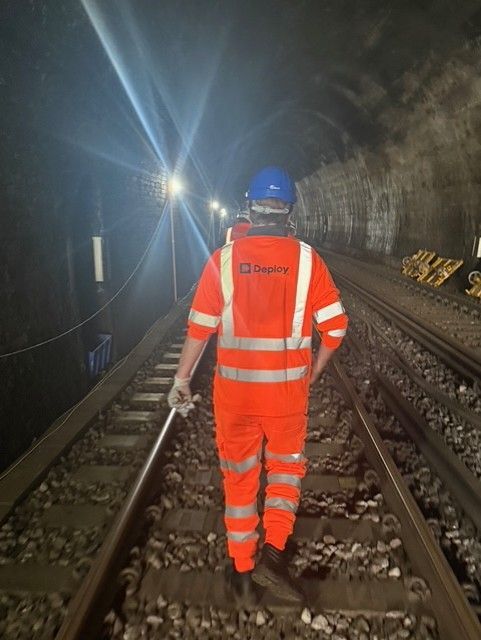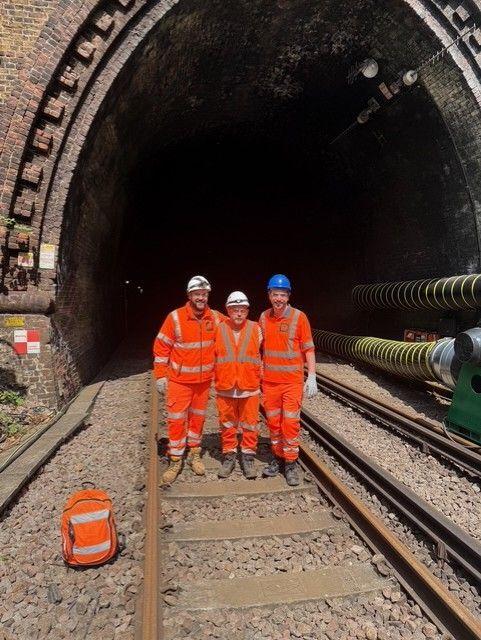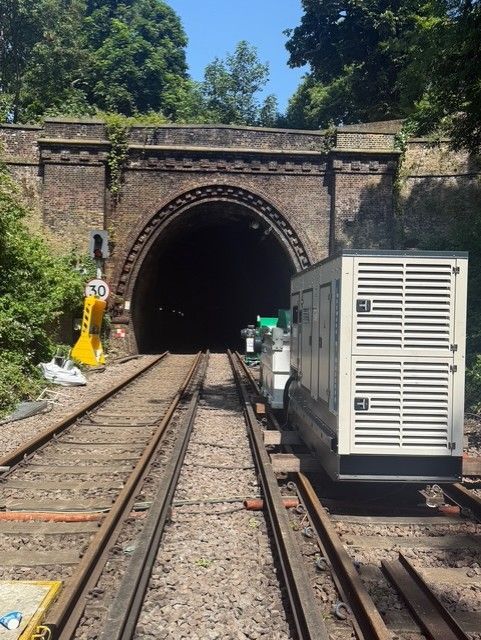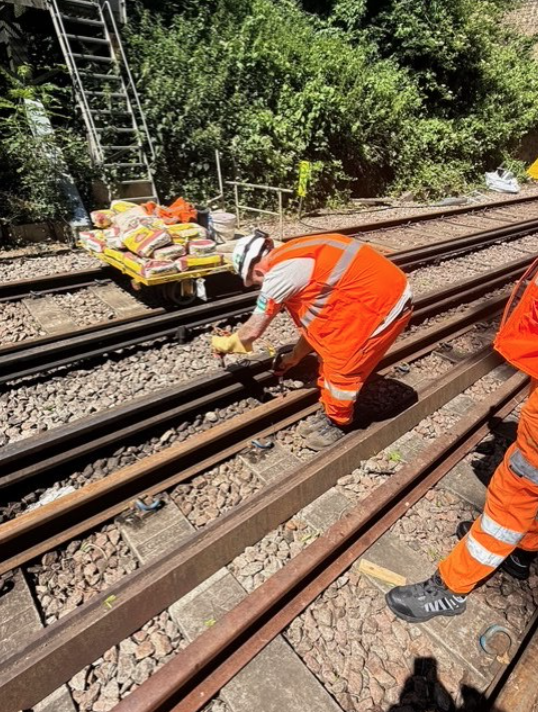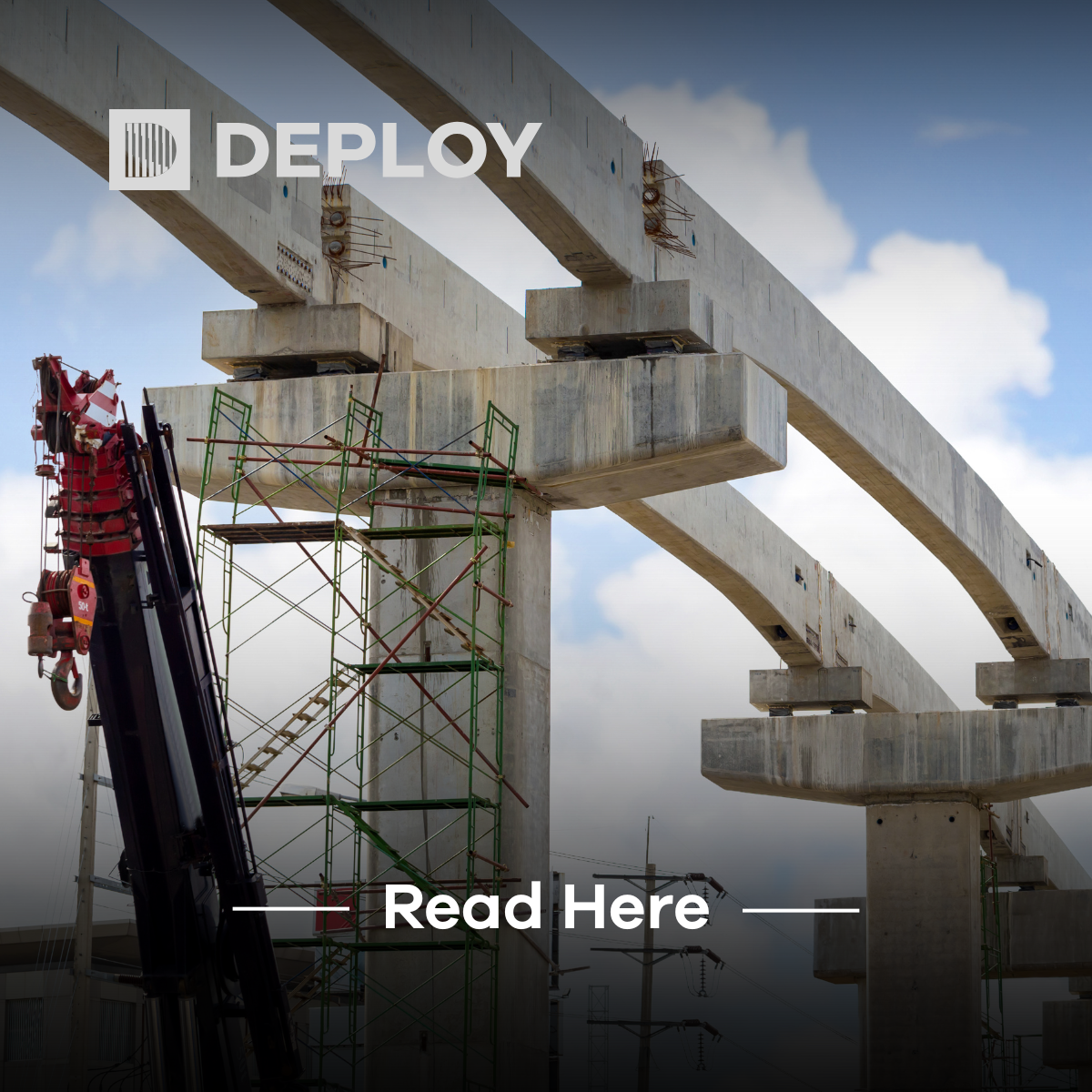Blackheath Tunnel Reopens After £10 Million Makeover
After months of essential engineering work, the historic Blackheath Tunnel in southeast London has officially reopened—marking the end of a major £10 million upgrade project that promises to make journeys safer and more reliable for passengers.
A Landmark on the Southern Network
The Blackheath Tunnel, first opened 175 years ago, is a vital link on the route between Kent and central London. But age had caught up with the structure, with persistent water leaks and weakened brickwork raising long-term safety and reliability concerns.
To secure its future, Network Rail launched a comprehensive restoration programme, closing the tunnel in May 2025
to carry out a structural overhaul.
Innovation Meets Tradition
Rather than a full rebuild, engineers deployed a pioneering waterproof grout injection system to seal and stabilise the tunnel walls. This approach allowed the team to:
- Strengthen the Victorian brickwork without replacing it.
- Stop water ingress that had plagued the tunnel for decades.
- Extend the tunnel’s life span by several decades at a fraction of the cost of demolition and reconstruction.
The innovative method not only preserved the character of the 19th‑century landmark but also saved an estimated £10 million compared to alternative techniques.
Benefits for Passengers and Operators
With the tunnel now back in service, passengers can expect smoother, more reliable journeys on the busy commuter route. The project also demonstrates how modern engineering can blend with historic infrastructure to deliver sustainable solutions.
For Network Rail, the success at Blackheath opens the door to applying similar methods across other ageing tunnels in the Southern region—helping to improve resilience without the need for disruptive full rebuilds.
Looking Ahead
The reopening of Blackheath Tunnel is more than a restoration project—it’s a blueprint for the future of UK rail infrastructure. By combining innovation, sustainability, and respect for history, the Southern network is setting new standards for how Victorian railways can be adapted to meet 21st‑century demands.



